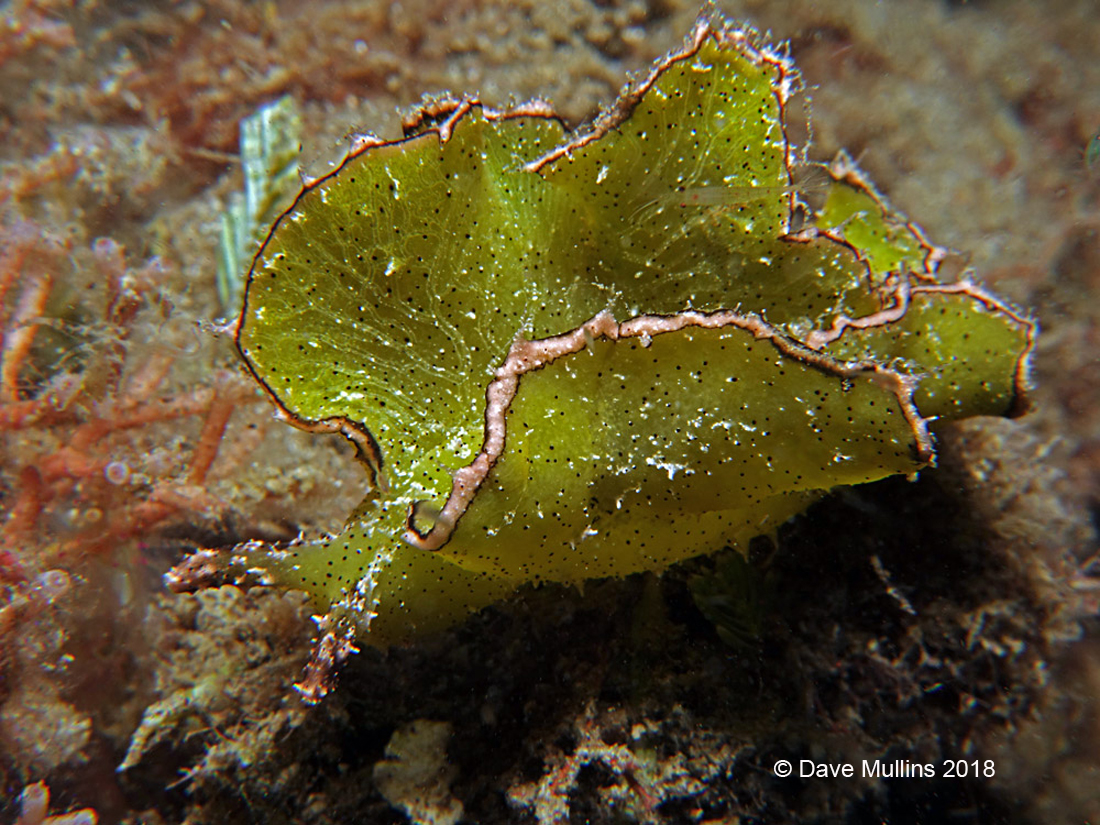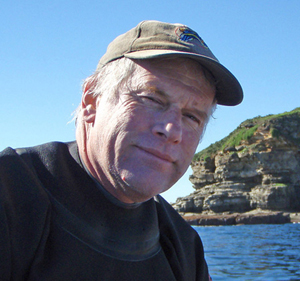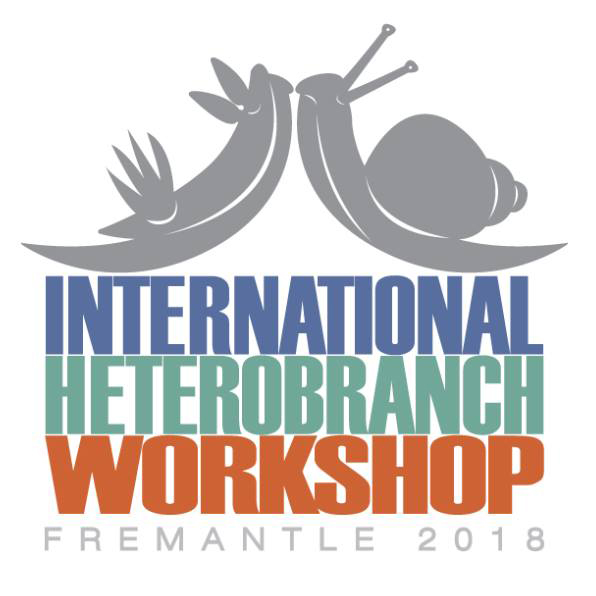 |
Elysia tomentosa
Image Dave Mullins
6 metres, at night in the sand & rubble, Anilao, Batangas, Philippines
Sony DSC-RX100 in Nauticam Housing with wet macro diopter, Inon Z220 strobe.

Elysia tomentosa Jensen, 1997 Cruising the substrate, even at shallow depths during the night, at certain sites at Anilao can deliver satisfying rewards to the patient photographer. This charming sacoglossan certainly made that dive for me however, post dive it created a little angst as I endeavoured to accurately identify it. There is a diversity of presentation in specimens of Elysia tomentosa, even from the same locality. Whilst the body bears papillae, some of them branched, it appears the number may vary considerably. Also it seems that Jensen, at the time of description, did not have specimens with dark lines to the parapodial edges, or they were so faint as to be unremarkable. Another species that is often confused with it is Elysia expansa (O’Donoghue, 1924). Both of these species were described from specimens collected from the Houtman Abrolhos Islands of central Western Australia. Jensen has differentiated between the two. O’Donoghue’s description of Elysia expansa lacks decent illustrations of his specimen, there being only a black and white photograph of a half shrivelled preserved animal. He does state though: “The colour of the preserved specimen is a light brownish fawn with a large number of tiny black spots scattered irregularly all over it, and the mantle-margin is bordered all round with a black line about 1 mm. wide. Professor Dakin informs me that in life the colour was more of a greenish fawn with the black markings as in the preserved specimen.” There is no mention of a papillose body. There is an excellent photo of an Elysia identified as Elysia expansa in the book Sea Slugs of Western Australia by Wells & Bryce. The most recent reference to Elysia tomentosa I could find was by Jensen herself (Jensen 2015) wherein she re-describes the species from a specimen collected in Singapore and states: “The general body colour was dark green. There was a thin dark line along inner and outer margins of parapodia. Between the two lines the parapodial margins were cream-coloured. Numerous black dots, some of them ocellate, were distributied (sic) on the body surface, including head and rhinophores.” Within that re-description she also mentions and gives references to a number of images on the Internet, adding the caveat: “However, these records may not all be of this species (Krug et al., 2013;.…)”. |
Pat Krug et al, 2013, reached the conclusion in their study that:
“ ….six candidate species were distinguished in the Elysia tomentosa complex,….”
meaning they identified six possible cryptic species within specimens usually identified as Elysia tomentosa. We await further work there.
Bill Rudman on the Sea Slug Forum in discussing Elysia tomentosa stated:
“The most distinctive feature of this species, apart from the large expansive parapodia, and papillae, is the broad pinkish band along the parapodial edge, which is edged on both the inside and outside by a black line. This is fairly constant in all the animals on the Forum I have identified as E. tomentosa.” and “…..re-identifying E. expansa may be problematic.”
So …. until further work is undertaken I’ll be applying the following to distinguish between the two:
- Elysia expansa - Single dark line on parapodial edges. Lacking distinctive body papillae.
- Elysia tomentosa - Papillose body. Two dark submarginal lines, one on each side of the parapodial edges, separated by a cream/pink band. These dark lines may be quite faint, almost indiscernible.
References:
- O'Donoghue, C.H. (1924) Report on Opisthobranchiata from the Abrolhos Islands, Western Australia, with description of a new parasitic copepod. Journal of the Linnean Society of London, 35: 521-579, pls. 27-30.
- Krug PJ, Vendetti JE, Rodriguez AK, Retana JN, Hirano YM & Trowbridge CD (2013) Integrative species delimitation in photosynthetic sea slugs reveals twenty candidate species in three nominal taxa studied for drug discovery, plastid symbiosis or biological control. Molecular Phylogenetics and Evolution, 69(3): 1101–1119.
- Jensen, K.R. (2015) Sacoglossa (Mollusca: Gastropoda: Heterobranchia) from northern coasts of Singapore. Raffles Bulletin of Zoology, Supplement No. 31: 226–249
- Rudman, W.B., Sea Slug Forum, Australian Museum, Fact Sheet: Elysia tomentosa and associated messages (http://www.seaslugforum.net/find/elystome)
- Wells F.E., Bryce C.W. (2000) Sea Slugs of Western Australia, Western Australian Museum, Perth.
Dave Mullins
Queensland, Australia
marineimages@hotmail.com
May 2018
Send Dave email at: marineimages@hotmail.com
 |
|

The International Heterobranch Workshop held at Fremantle, West Australia. See you there! |
Nudibranch reference material comes in many shapes and sizes but primarily books and websites. The problem with reference books is outdated material and their weight when travelling. Taxonomy is changing and adding or altering names at a rapid rate. The problem with the Internet is range and accessibility.
Now, thanks to the development by and ongoing efforts of Gary Cobb there is a series of smart device applications called Nudibranch ID. You'll be able to reference nudibranchs from around the world.
No web connection required and fully searchable.
The Nudibranch ID App Series:
These field guides will place right at your fingertips, anytime and anywhere, an outstanding selection of Nudibranchs found throughout the World.
Featuring:
Central Indo Pacific - 801 species
Eastern Pacific - 431 species
Australia/New Zealand - 1135 species
Eastern Atlantic/Mediterranean Sea - 691 species
Western Atlantic - 510 species
Indian Ocean/Red Sea - 702 species
Western Pacific - 785 species
Available as Apple or Android versions.
These are true Apps not just simple identification guides. Search functions and the ability to create lists for emailing are game breakers in this field. They are updated (for free) regularly.
Visit: www.inudibranch.com for a full description.
 |
